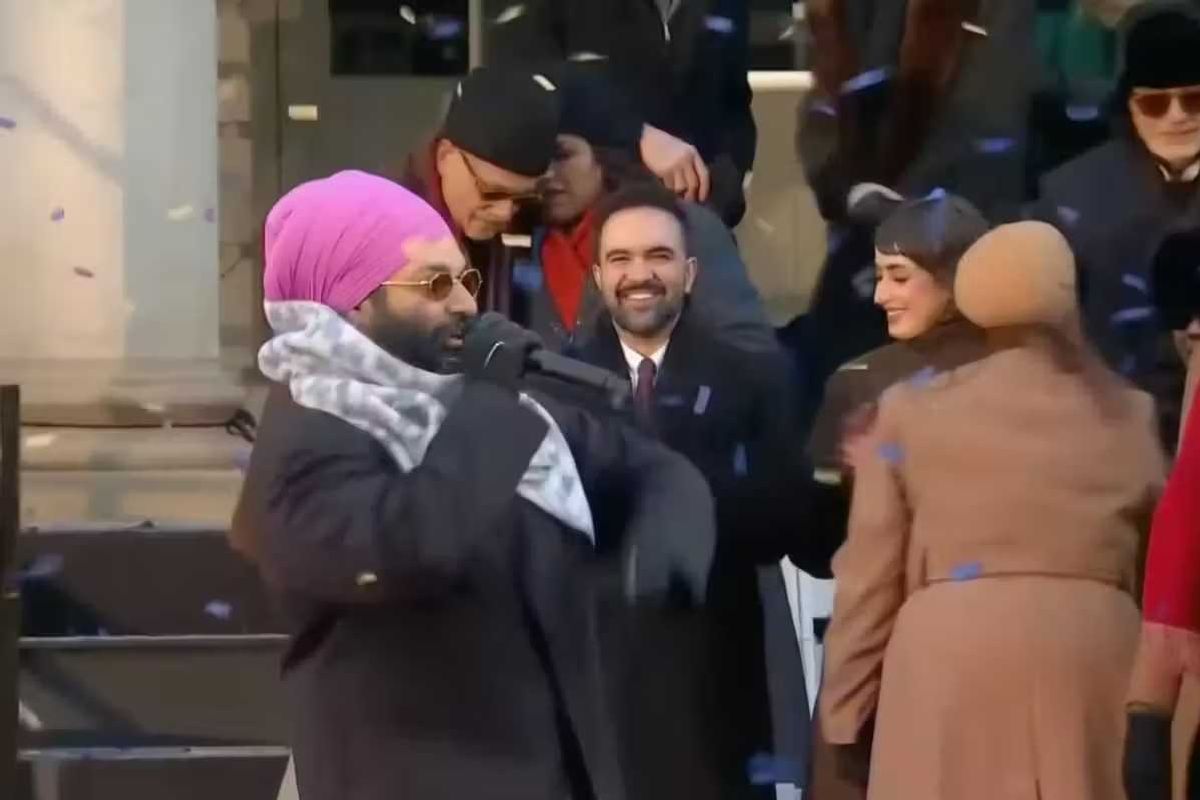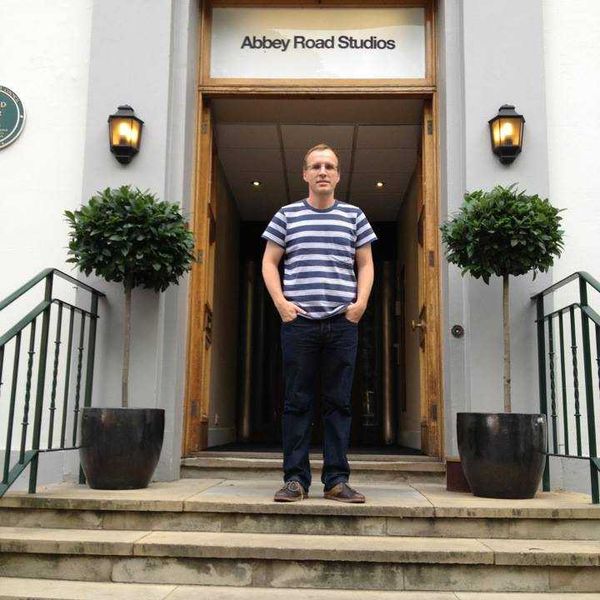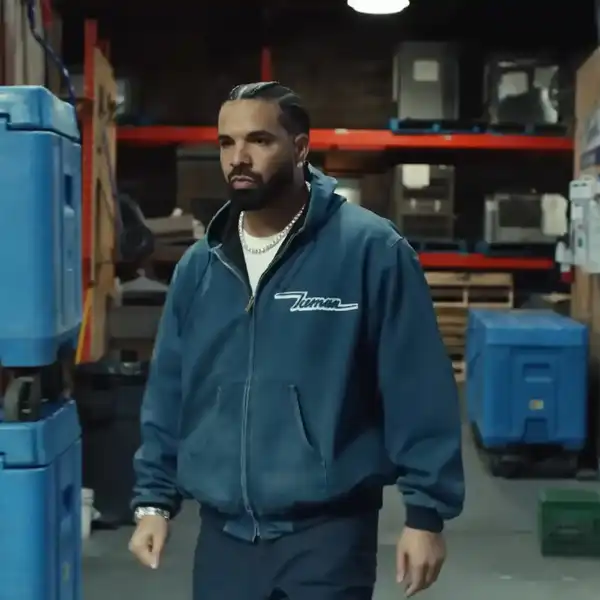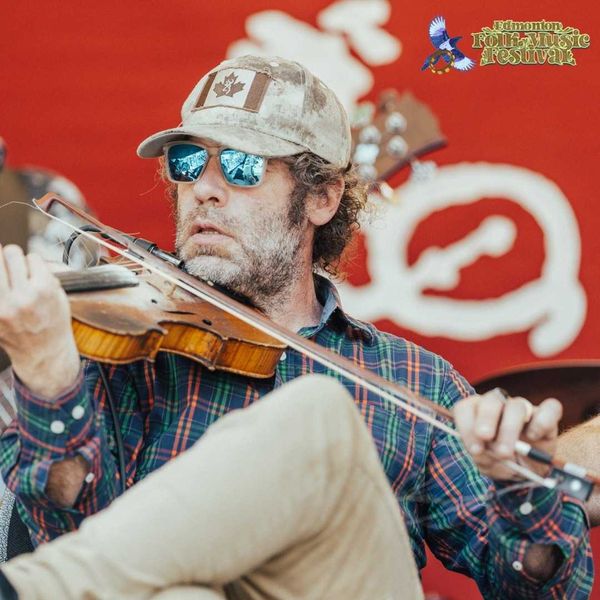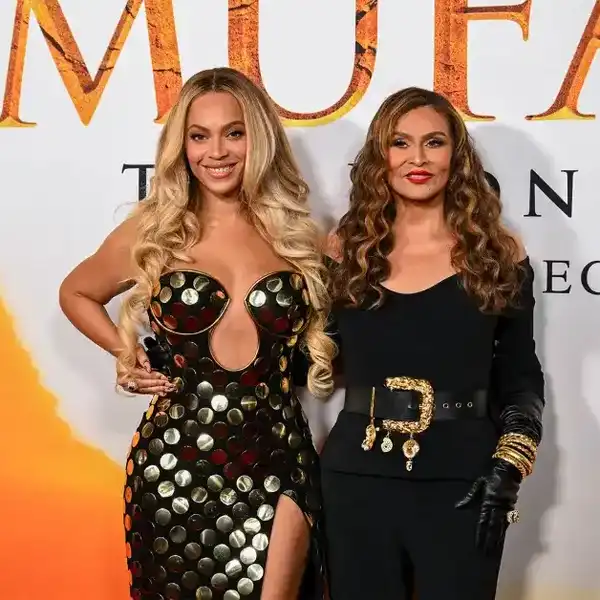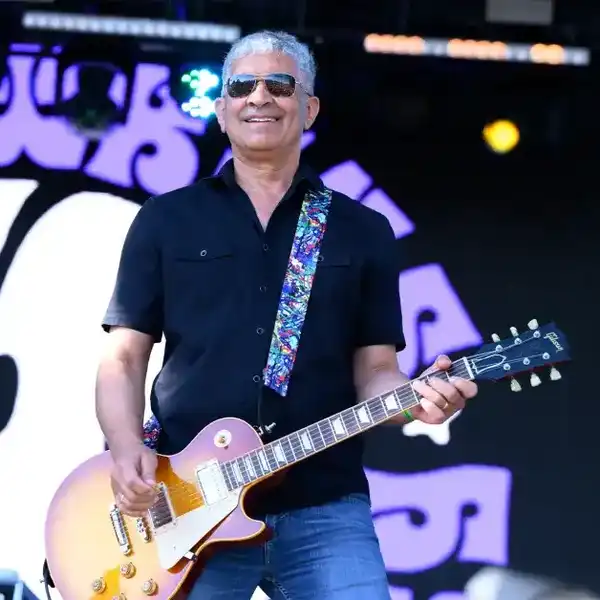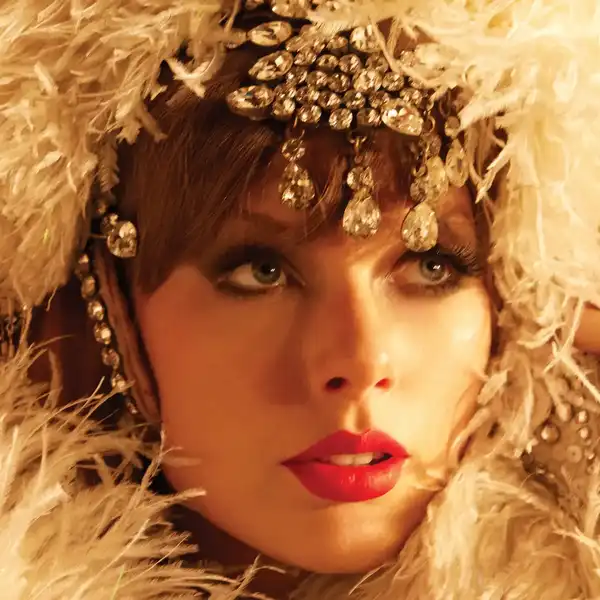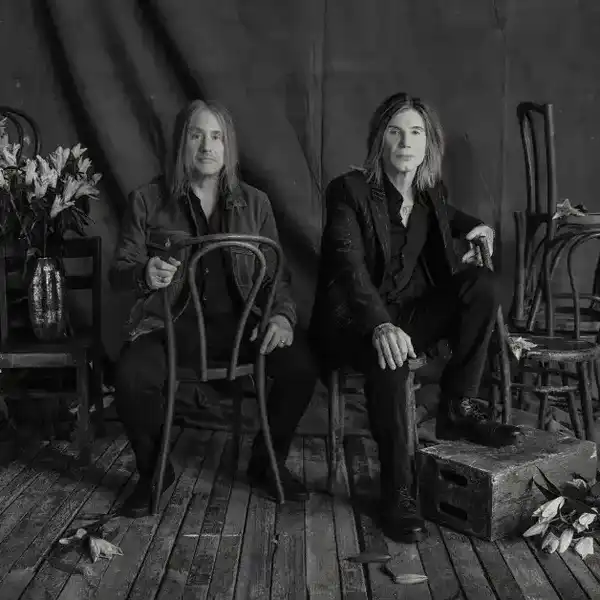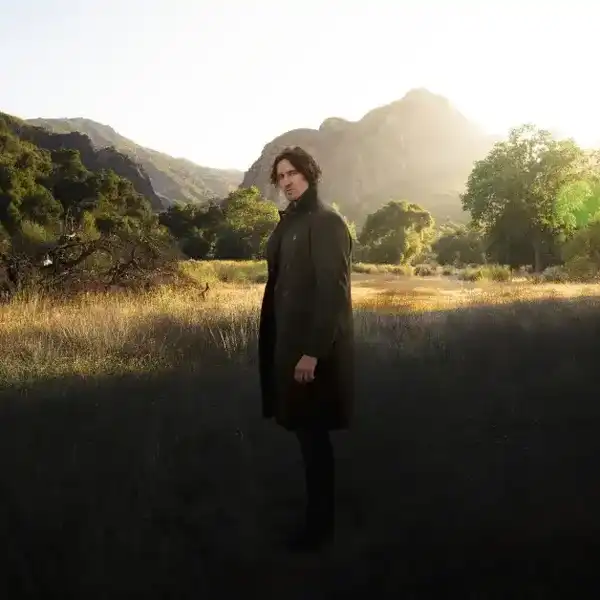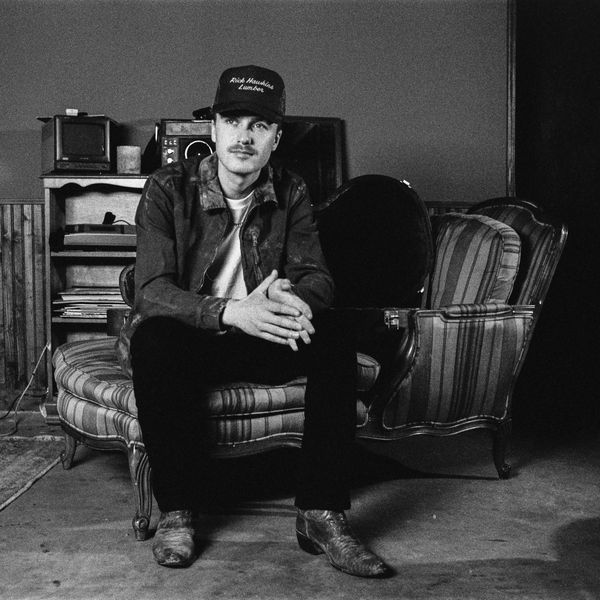Rick Beato Interviews Keith Jarrett
This may have been the finest of Rick Beato’s excellent shows. An audience with a famed pianist is a rarity.

By Bill King
This may have been the finest of Rick Beato’s excellent shows. An audience with a famed pianist is a rarity. Yet, through the decades, jazz pianist Keith Jarrett was selective in who he invited into his art space. Contentious and defensive.
Jarrett is the summation of many influences shaping the 20th and 21st centuries. That period when nations grew closer. Communications linking countries in cross-cultural dialogue. The travel, the concerts, the cities, the people.
My entry into the jazz world came through Canadian pianist Oscar Peterson and then Bill Evans. While Peterson was all fire and rhythm, Evans was quiet and reflective, introducing an alternative methodology to harmony. A listening student of French composer Ravel. Tight voicings. Bach-like in improvisational development. A half step up, one down, and the unexpected transpired.
Stage two.
Herbie Hancock, Chick Corea, McCoy Tyner and Keith Jarrett. Each arrives as a prospective band leader, young in jazz years after apprenticing with the innovators. Miles Davis, Stan Getz, John Coltrane, Charles Lloyd, etc.
Jarrett surfaced as a member of the Charles Lloyd group on a memorable live-in-concert recording at Monterey in 1966, Forest Flower. Seated near Jarrett, drummer Jack DeJohnette, who would eventually be a central figure in Jarrett’s revelatory piano jazz trio sessions of the future.
Hancock toured the dense and dark corners of harmony and brought to the forefront. Corea that Spanish tinge, Tyner the modal concepts, Jarrett, - folk, gospel, and free jazz improvisations.
As Hancock branched off and took part in the coming marriage of rock, funk and jazz with Headhunters, Chick Corea ventured electric with Return to Forever and the Electric band. Tyner added layers of robust percussion. Jarrett stood his ground and explored the world from the roots up, the purest of instruments absent a synthetic derivation.
Speak Like a Child, My Spanish Heart, Reaching Fourth, Belonging—recordings from the gang of four that played in rotation on my turntable. Theoretical questions roughed the mind. The ‘sheets of sound’ of John Coltrane. Stacked chords and substitutions. Diminished, augmented, Lydian scales. The graphic cover art with detailed liner notes. Remarkable sidemen in an era of greatness, many of who would one day front their own bands. The bar was set high. One could only try to keep pace.
Beato covers broad terrain with surprising ease and a wide breadth of knowledge, an M.A. graduate of the New England Conservatory of Music.
Beato’s own YouTube channel holds 3.2 million subscribers. Much of the visual work comes from Black Dog Sound Studios in Stone Mountain, Georgia. On this occasion, from Jarrett’s home.
What makes Beato’s interview with Jarrett so compelling is his reverence for the music and how he addresses each musical phase as Jarrett moves from jazz to solo piano. to classical to free form. The many sidebars, the dedication, and the focus. Yet, there’s another story here. It’s about the tools of expression quelled. Those studiously guided hands yanked from the strings of a concert grand in search of a moment. The finger technique that assisted the seemingly effortless journey through miles and minutes of inspiration silenced. That nine-foot Steinway and centuries of abiding pianists coaxing and enjoining, extracting glorious inspiration from the wood frame, the lid now face down.
Jarrett was diagnosed with chronic fatigue syndrome in 1996 and “vanished” from performing and composing to recover. “I sat there on the sofa like a vegetable and watched myself play, and I thought, ‘This will not happen again unless I’m fortunate.’” A small recording studio was erected next to his house, and in December 1997, Jarrett began recording the triumphant The Melody At Night, With You. In February and May 2018, Jarrett suffered two major strokes and remained paralyzed for nearly two years in a rehabilitation facility.
This is what’s fascinating about this unique interview. On one level, it’s a roadmap through a lifetime of extraordinary music; on another, the agony of hearing yourself as another person and understanding; this is as far as it goes.
Beato treads lightly as both an enthusiast and a man feeling his way through a deeply personal story. When I first watched a week and a half ago, Beato drew 50,000 eyes. Then, word of mouth and social media pushed beyond 400,000 views. This is what glorious minutes are all about. To hear, to watch, and receive. The art of watching artists share art!

